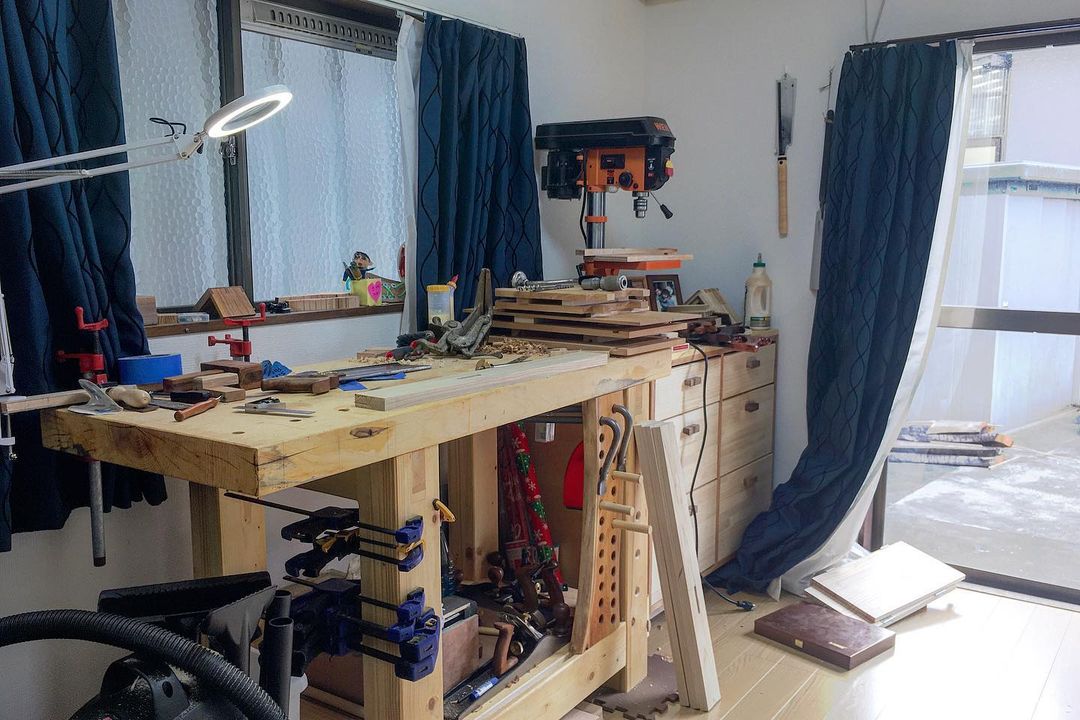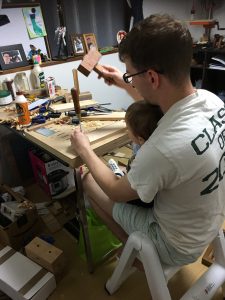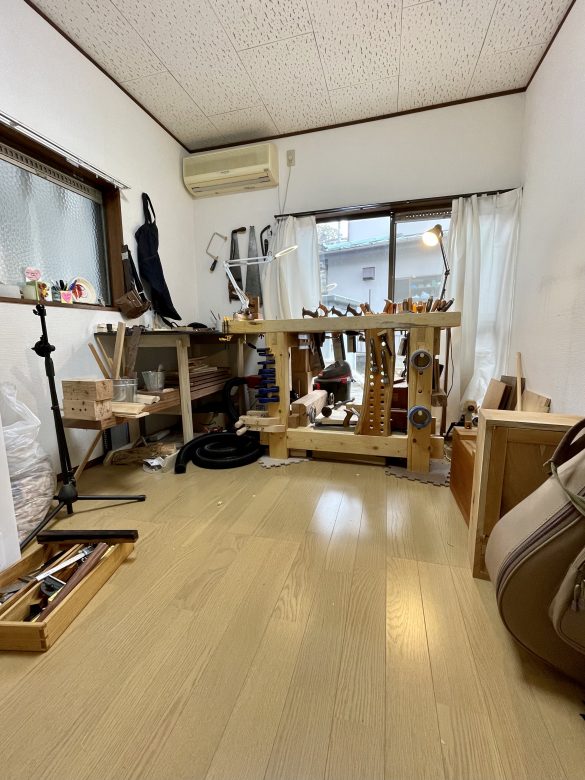When speaking about the size of your domicile in Japan, the common method to use is a number followed by one to (potentially) four alphabetical characters. The first number corresponds to the number of total bedrooms in the house followed by an L for living, D for dining, K for kitchen, or S for storage or special. Not every house has a living and dining room. Most houses don’t have a special/storage room. My house is referred to as a 3LDK with two bedrooms upstairs and 1 bedroom downstairs. Living in this house is my wife, three children, and myself. We all sleep upstairs freeing up the bottom bedroom downstairs.
Room sizes are as equally confusing as house sizes are. Japan is metric yet despite that, floor space in a room is still measured according to the number of tatami mats (traditional style woven straw floor placements) that are able to fit into the room. A standard size tatami mat is 1.8 meters by .9 meters. Rooms in a Japanese house are typically constructed and planned around this concept even if the room will not have tatami placed in it. Thus their designation is the number of mats that fit into the room followed by the counter kanji for tatami (畳). When spoken, the kanji is pronounced jo (joʊ – like you are calling out to someone named Joe who is far away).
The downstairs bedroom where I do my woodworking is 6-jo. It is not covered in tatami, but rather a faux-wood flooring popular in renovated homes. While I work, I use the majority of the space. However, when it comes to storing all the appliances and tools of a wood shop, I try to use about 3畳 of that space as I do share it with other household goods like a deep freezer and the family office equipment.
I am a software developer and system administrator by trade. Prior to finding woodworking, I spent the majority of my “hobby” time, in front of a computer doing personal programming projects or gaming. This space was not always used as a venue for my personal woodworking endeavors. It has slowly morphed into a woodworking shop – a mini-shop – over the span of a few years.
As interest in the hobby gathered speed and the interest in video games waned, items started getting replaced, moved, sold, or thrown in the bin. Computers were sold and replaced with tools. A computer desk became a makeshift workbench which then was completely replaced with an actual self-built workbench. A pile of packed boxes from our move years ago became unpacked to make way for a drill press and it’s associated cabinet. Spots on the wall began to fill up with hangable tools and an apron. Miscellaneous IT gear in the corners of the room were replaced with lumber.
What used to be a center for my inner computer nerd has discernibly become an area for turning rough lumber into usable house furniture. I find myself now at a point of what I even need to keep within the room. I have a shed outside that stores all my power tools. I only run two power tools inside, my drill press and my cordless hand drill. My router, circular saw, and planer remain outside in the shed. They are used sparingly and only outside due to the noise and dust they generate.
What was started as a weekend interest has become a full-on obsession with the direct, unhidden desire to monetize my creations. I like working on wood and I enjoy designing furniture. I also recognize that I am blessed to be able to conduct these activities in the safety and comfort of my own home at the small price of about 3畳 of space. I am also not blind to the fact that if the years tick by living in this same house, I will most assuredly get evicted from the space.
Where am I to go then? The beautiful thing about the making of a workshop is that while this particular story will end at this paragraph, the workshop I am creating will continue to evolve. I will add another tool or another work surface. I may build and organize a tool cabinet. An eventual move into a house we have purchased may occur where I can have a dedicated space to the craft; a space that won’t occupy the living space of the rest of my family. For the time though, I am enjoying what I do. I hope to continue doing it. Making furniture is enjoyable and the making of a wood shop is equally so.


